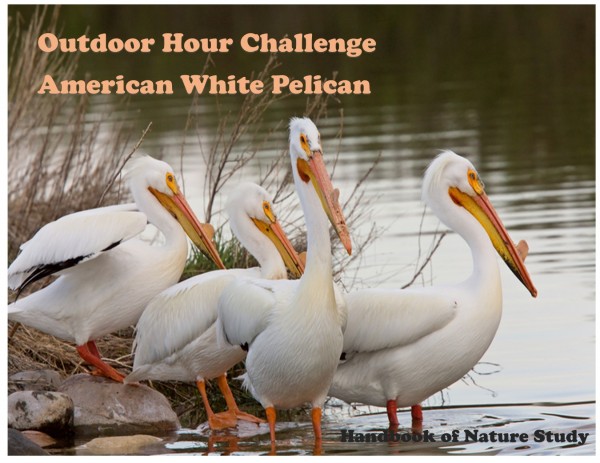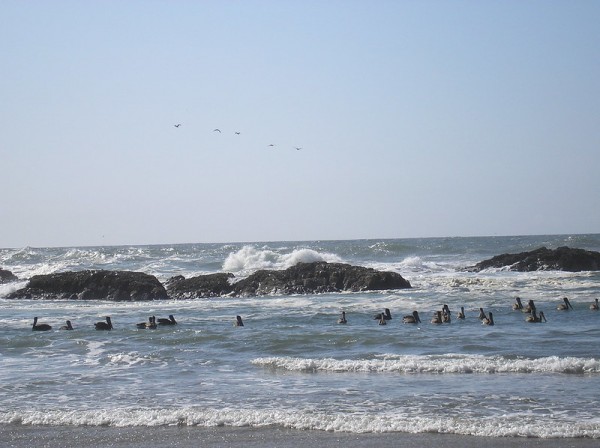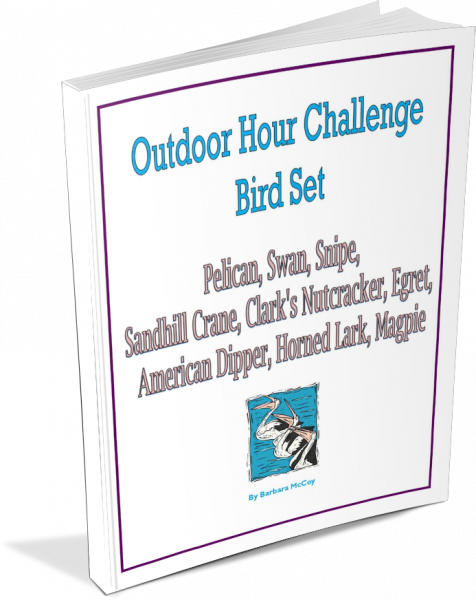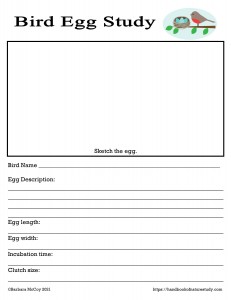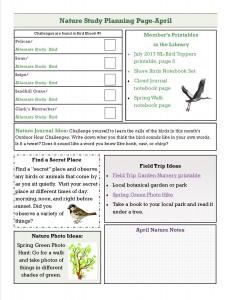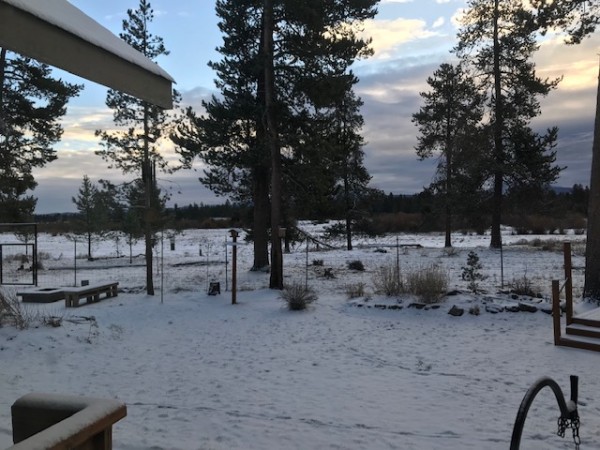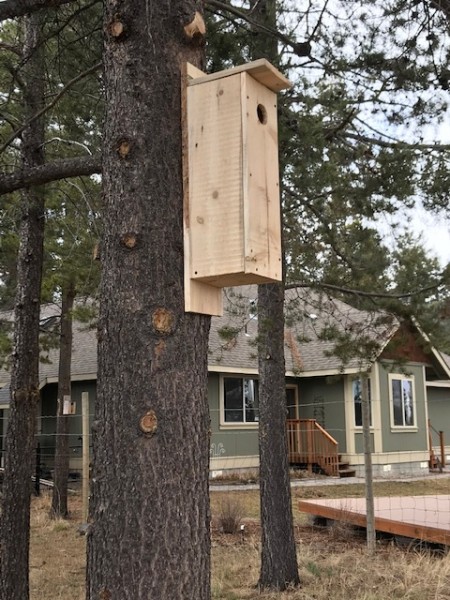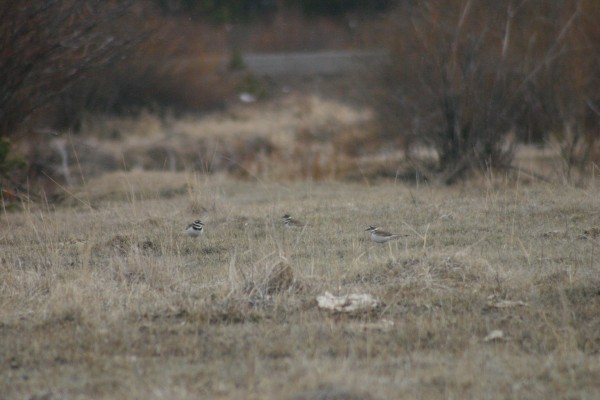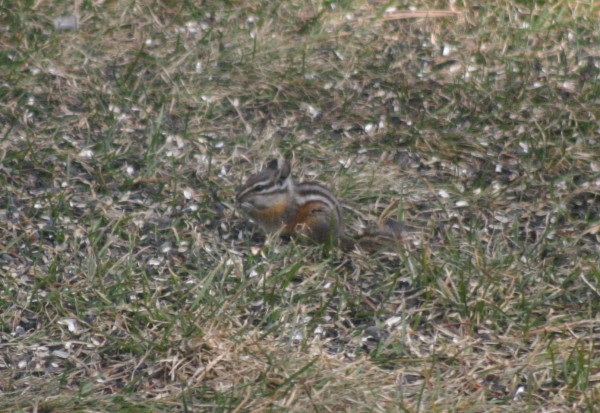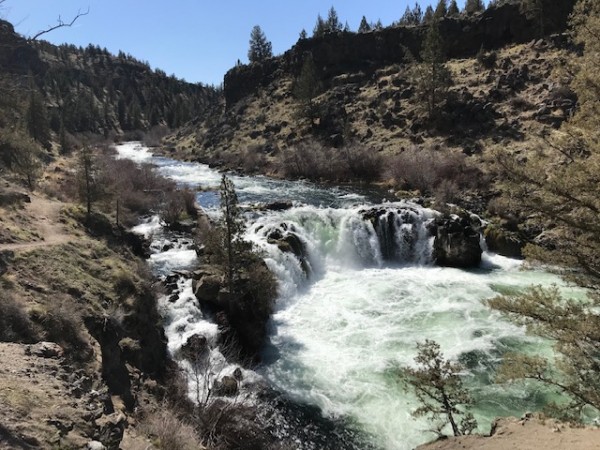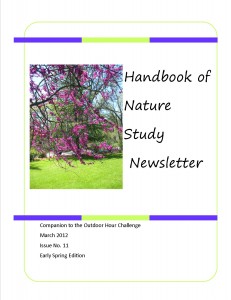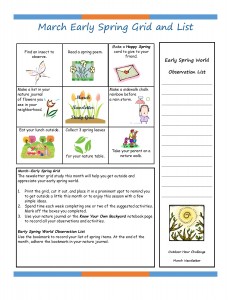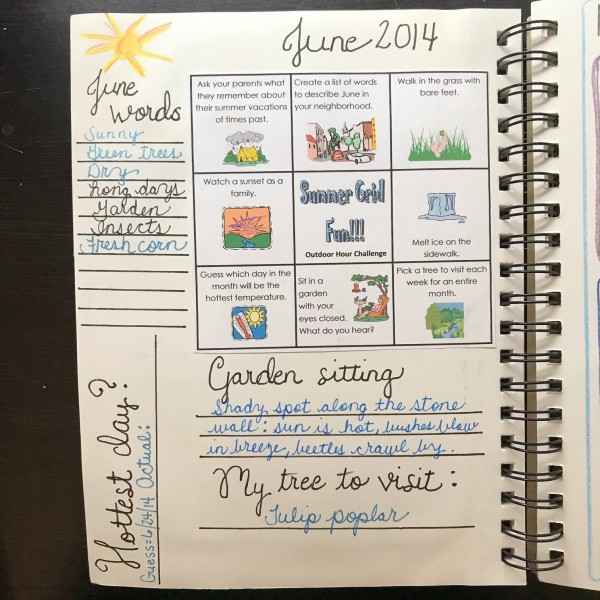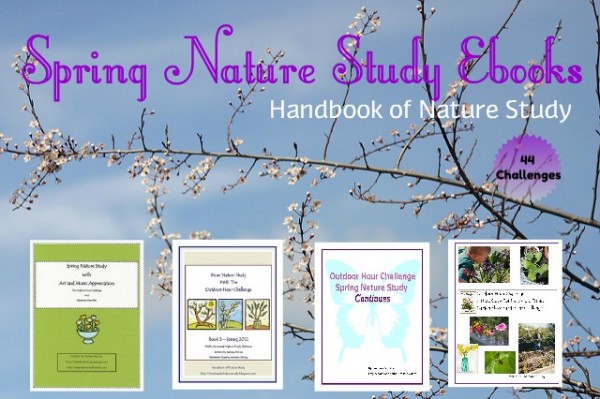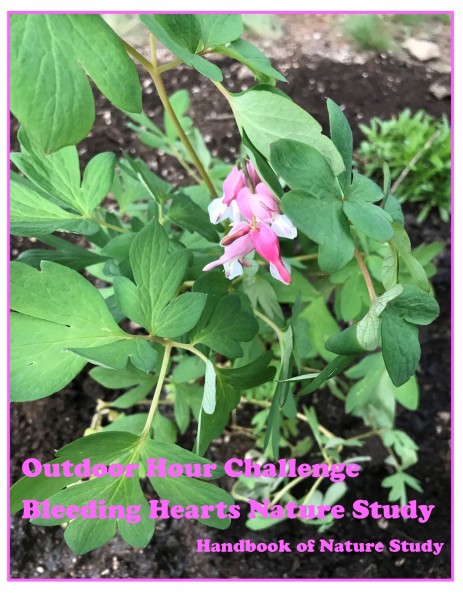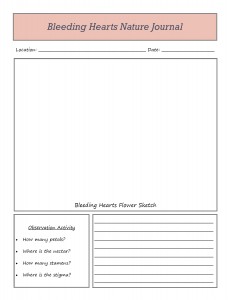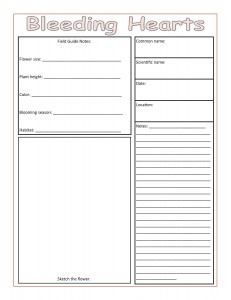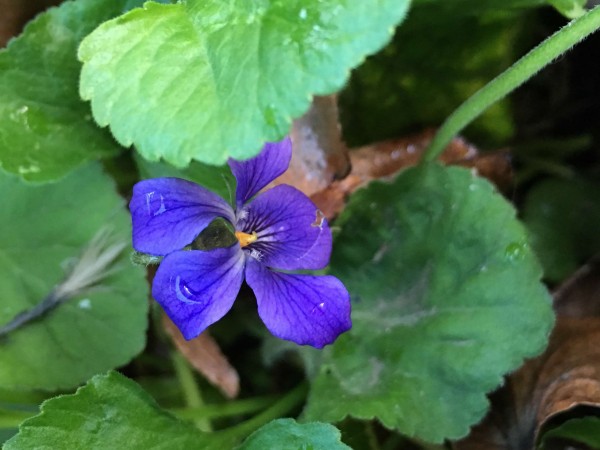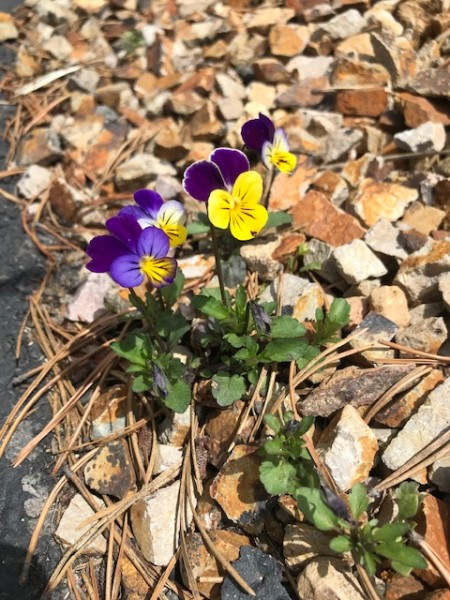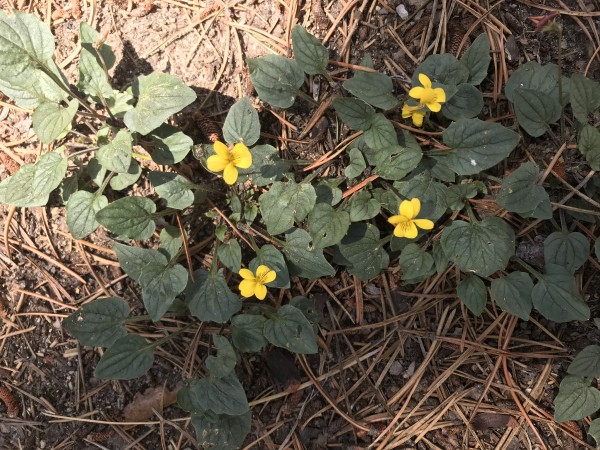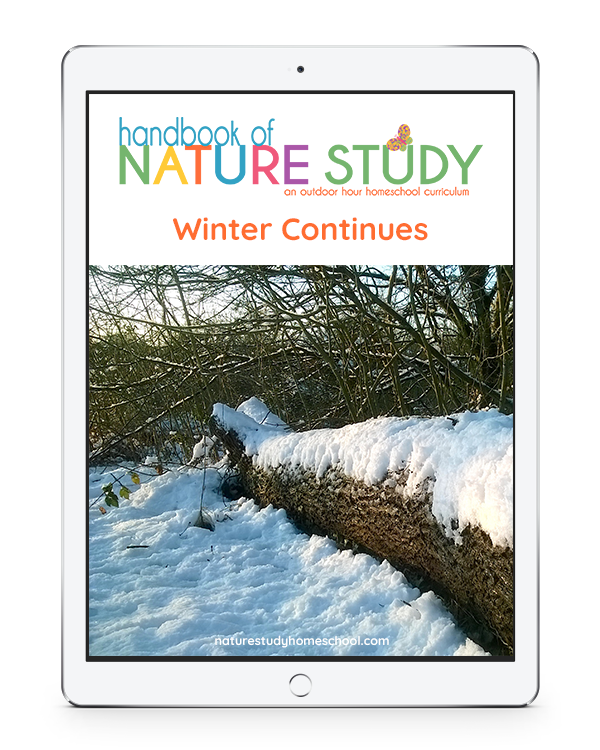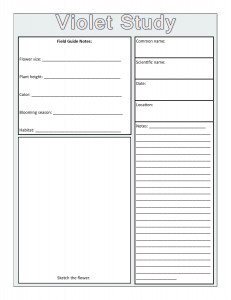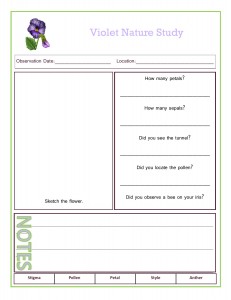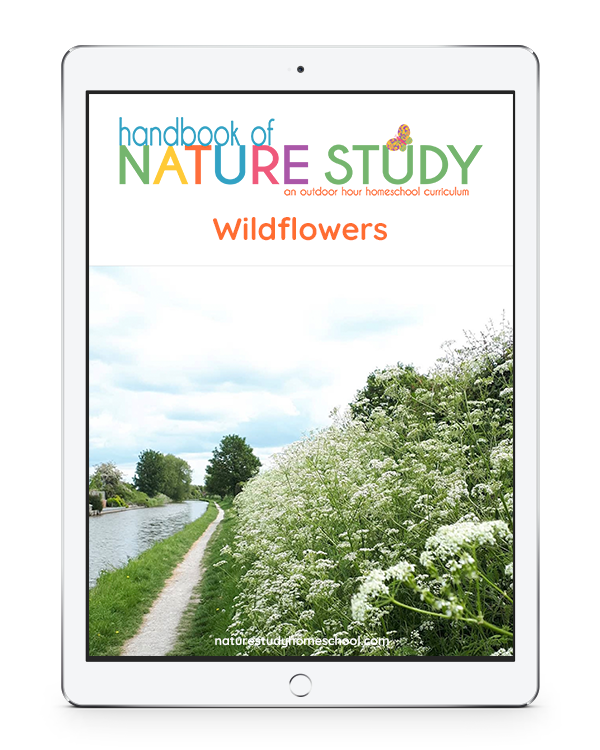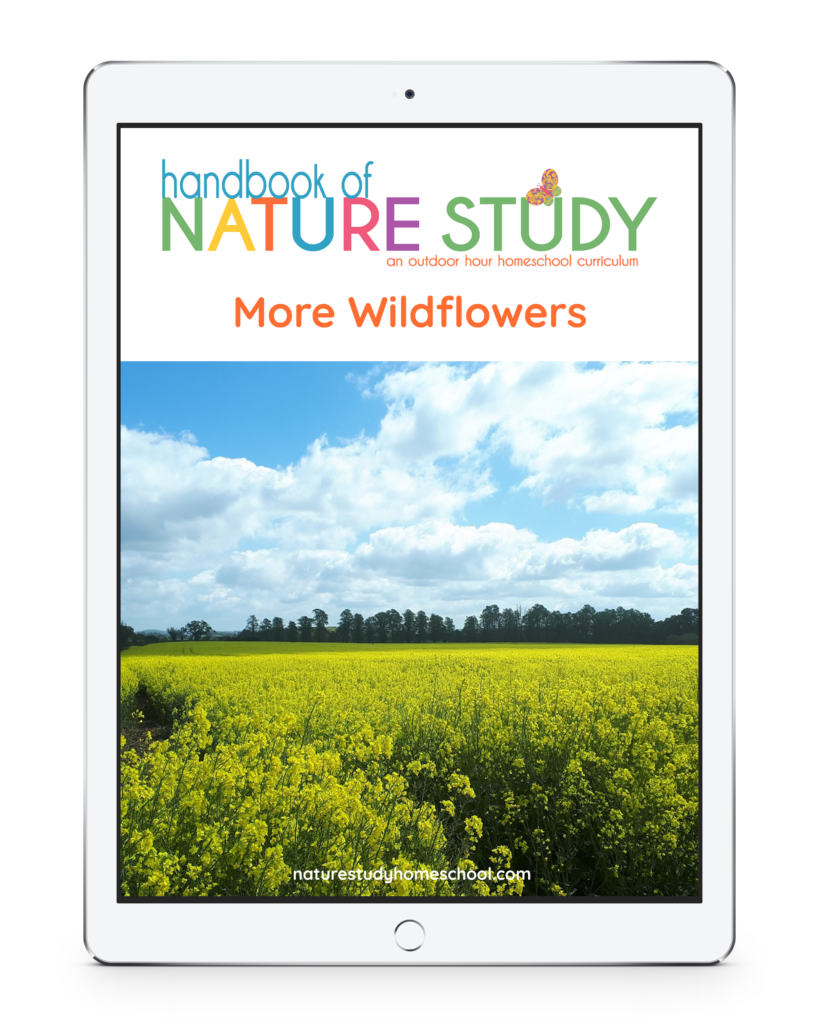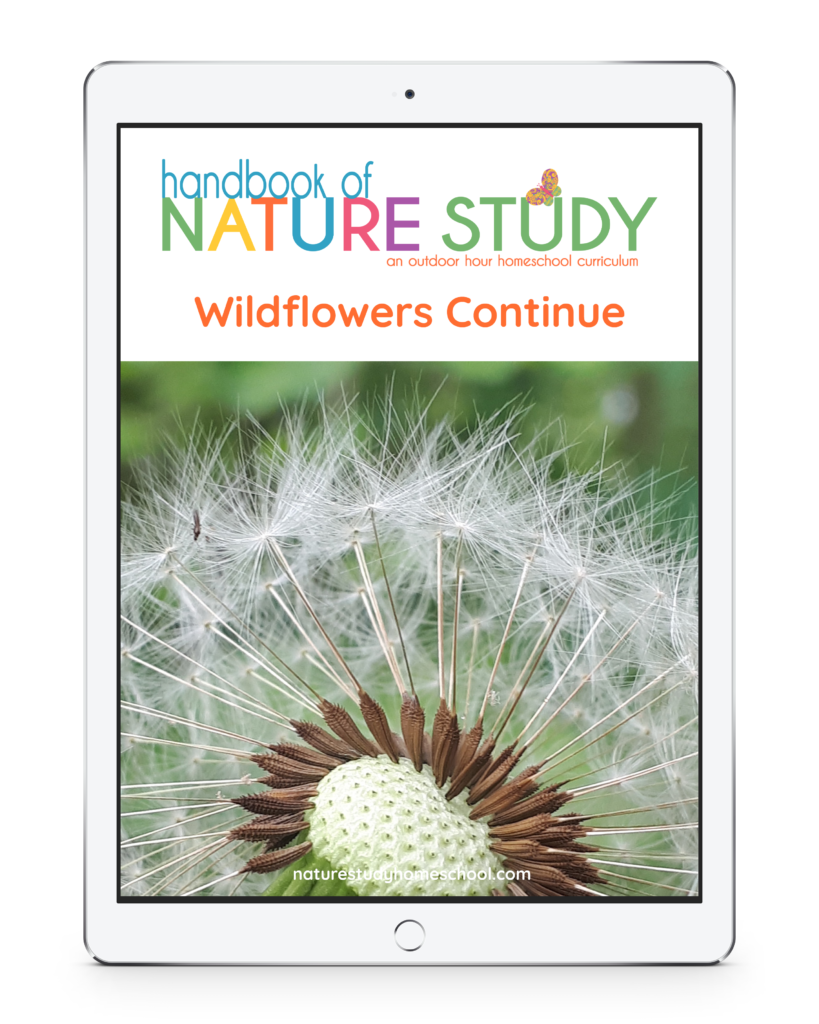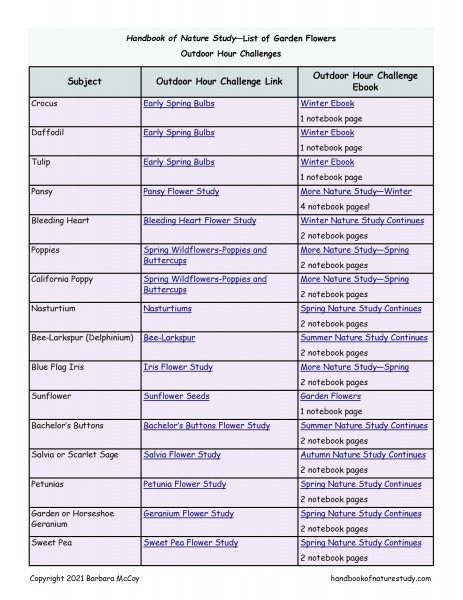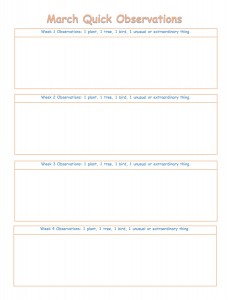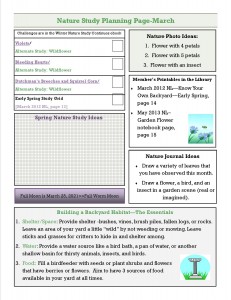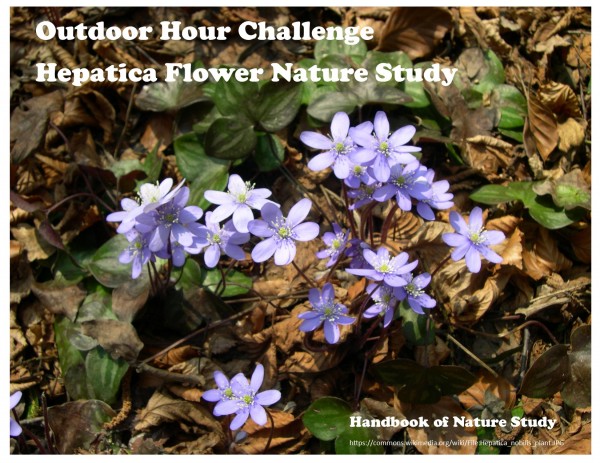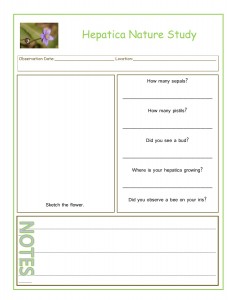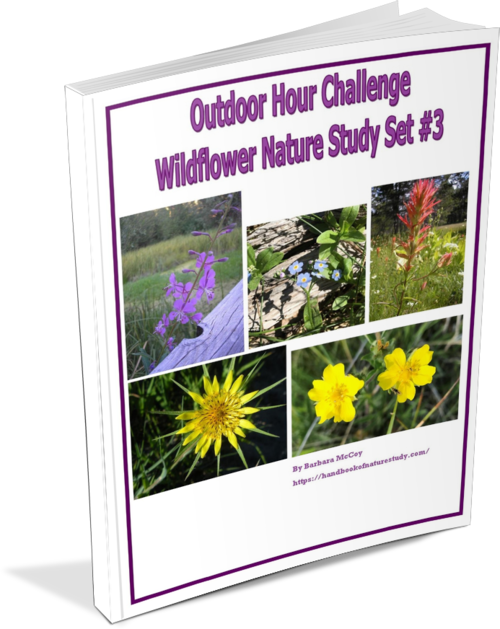Brand New! Outdoor Hour Challenge
American White Pelican Nature Study
Note: If you download the sample from the Bird Nature Study Set #1, you’ll have the Outdoor Hour Challenge for the pelican to use this week. See the link below.
This week we start with a brand new series of bird studies. These birds are not covered in the Handbook of Nature Study but are rather interesting birds that you may wish to share with your family. I’ll give you a few links to introduce the bird and then Members will be able to go to the ebook for a more complete lesson on the pelican.
Here are a few ideas to get you started:
- Choose a resource to use for the American white pelican, Pelecanus erythrorhynchos.
- Make sure to look at the range maps in a field guide or on All About Birds. Take note of the location of their breeding area and migration route.
- Here are a couple YouTube videos: Pelicans and More Advanced Video for Pelicans.
An alternate study can be made of the Brown Pelican.
Please note that I will not be posting the complete challenge here on the blog, but you will find the detailed challenge in the Bird Nature Study Set #1 ebook that’s available both in the Ultimate Naturalist and Journey level memberships. Sign into your account and download the ebook for the details, more links, and notebook pages.
Birds included in this ebook include the pelican, sandhill crane, Clark’s nutcracker, egret, American dipper, horned lark, magpie, swan, and snipe.
Download a sample of the book here: Bird Nature Study Set #1 Sample
To purchase an Ultimate Naturalist Library membership, you can click on over to the Join Us page at any time.
You may wish to also download and use the Learning About Birds ebook available in the Ultimate Naturalist Library.

